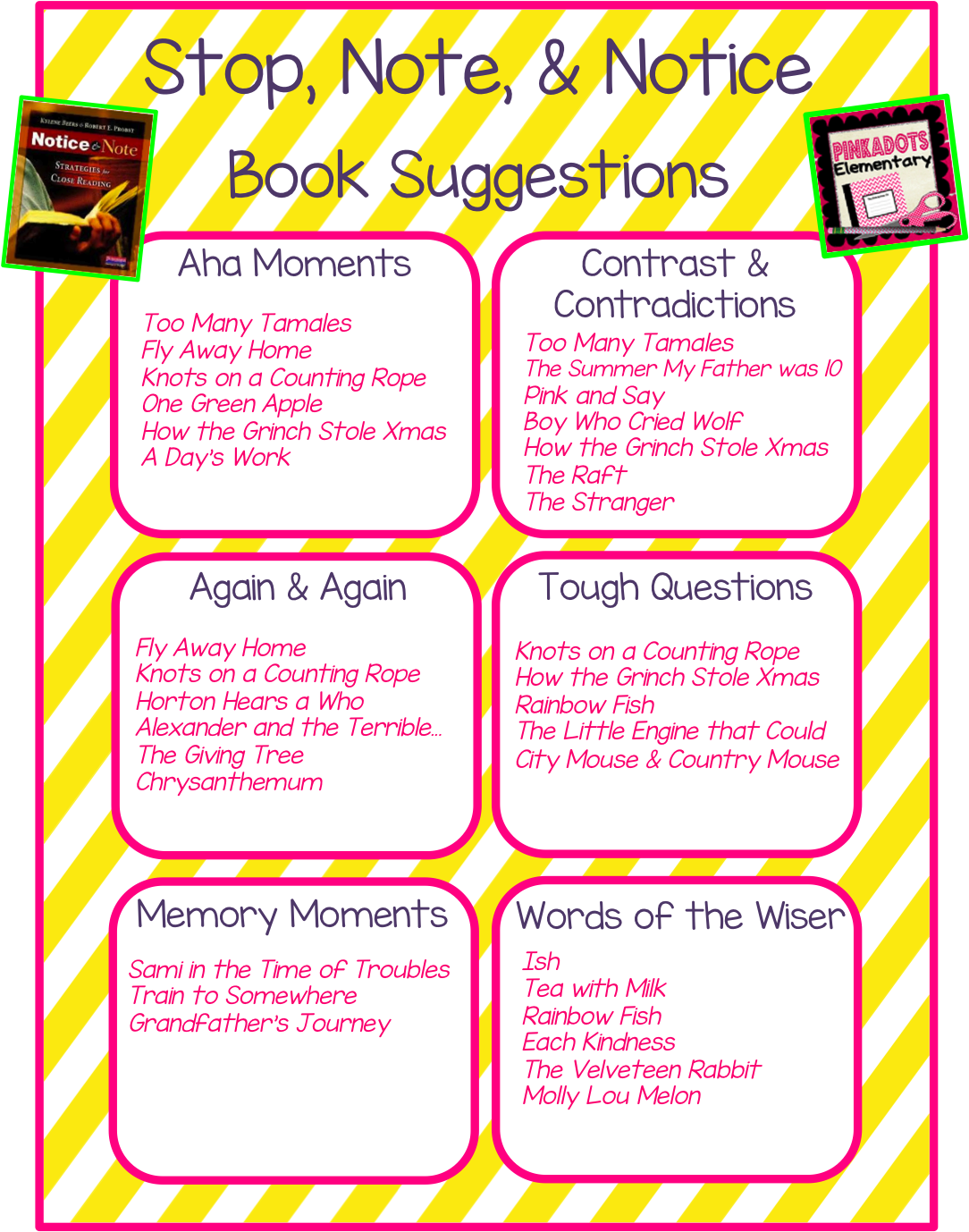

- #STOP NOTE PLAYING MILKYTRACKER INSTALL#
- #STOP NOTE PLAYING MILKYTRACKER MOD#
- #STOP NOTE PLAYING MILKYTRACKER CODE#
- #STOP NOTE PLAYING MILKYTRACKER SERIES#
Post navigation ← Akai Advance Series MIDI Controllers is going to attempt to control VSTs without looking at your laptop. This entry was posted in Bedroom Producer, Chiptunes, Demos, Electronic Music, Tutorials, Video and tagged chiptune milkytracker tutorial, milkytracker 8-bit tutorial, milkytracker tutorial, milkytracker tutorial beginner, milkytracker tutorial ita, milkytracker tutorial make up, milkytracker tutorial pdf, milkytracker tutorialspoint on Februby DemonicSweaters. Be sure to subscribe for more nerd music vids Sample packs used in this tutorial can be downloaded here and here if you need to download Milkytracker itself, do it here įeel free to ask any questions or post comments. Covered in this tutorial are setting up the screen resolution, loading samples and setting up instruments, creating a basic drum beat, creating a pattern with drums, bass and lead parts, auditioning samples, and setting instrument volume. Apart from the command section top left, we have instruments.
#STOP NOTE PLAYING MILKYTRACKER INSTALL#
After apt-get install milkytracker, start the app and be greeted by a somewhat overwhelming screen. from modarchive is a good way to explore tracking bassoon.
#STOP NOTE PLAYING MILKYTRACKER MOD#
Playing and editing xm, s3m or mod files e.g.


If (FlxG.This is a basic getting started tutorial for the music tracker program Milkytracker. MilkyTracker docs is a chiptune music app for Linux, Mac and Windows. First we activate the Special FX plugin and create an instance of it: Use your keyboard to play instruments live. Uses JSONG audio format for tiny json+mp3 zipped music tracker modules. Built in synths, EQ filter, Moog, sampler, chiptune, reverb and more. Rewire and tune generators and effects any way to conduct your symphony. To display the logo in an interesting way we’ll use one of the SpecialFX plugins from the Flixel Power Tools. Compose online in this WebAudio-powered studio. The background scrolls horizontally, showing off the level behind the logo. Our game is called Nutmeg (a play on the title of this magazine) and our title page features the main character in a suitably jovial but dynamic pose, and the game logo. It should show them the name of your game, perhaps offer-up some of the key characters or themes, and be backed up with a short piece of music that fits the mood you’re trying to set. A great title page can be a good way to achieve this. As the choice is so wide you really need a compelling reason for them to stick around. This is especially true with games that are free to play online. If you don’t captivate the player within a few moments of your game, you are likely to lose them. Sprinkling a little NutmegĪs with most things in life, first impressions are everything.
#STOP NOTE PLAYING MILKYTRACKER CODE#
Please download the tutorial files and look through the source alongside reading the article, because for the sake of space not all code can be included in print. We will add a title page to present the game, baddies to provide obstructions to the player, and mix it all up with suitably retro sounding chip music and sound effects. With the basics of the game in place it’s time to spice things up. F1-F7: changes note-input rage The key below ESC: Enter key-off - (1 also works) ESC: Stop playback ENTER: Playback SPACE: Trigger record mode MilkyTracker also supports MIDI keyboards, so if you have one, you might consider enabling that to input notes faster. We covered a lot of ground and if possible you are urged to check out issue 218 and the associated downloads before diving into this part. By the end of part 1 the player could run and jump around the scrolling level, collecting stars on the way. In the previous issue we took the open-source Flash game framework Flixel (and used it to create an 8-bit styled retro platform game. I’m now allowed to publish it here, so read on and enjoy! Part 1 is also available. Note: This tutorial was originally written for. Tip 13: Building a retro platform game in Flixel, Part 2


 0 kommentar(er)
0 kommentar(er)
